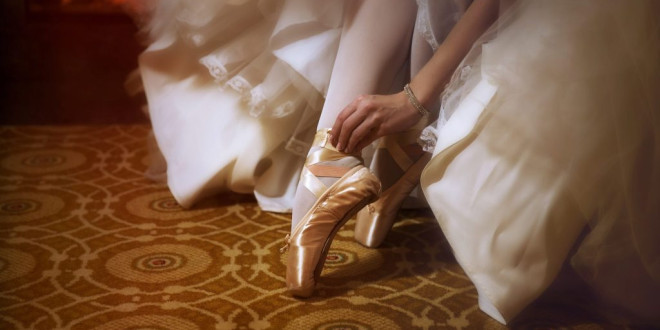[ad_1]
Before the printing press was invented by Johannes Gutenberg in 1447, most weddings in England were announced by the Town Crier. The Town Crier would walk through the local village and declare the wedding along with other news of the day. As you can imagine, using this method extended an invitation to your day to pretty much anyone within earshot.
Even after wedding invitations began to be sent, reading and writing was extremely limited in the middle ages so they were normally limited to the rich and wealthy. A common means would be to hire monks, who were typically highly skilled calligraphers, to write all the wedding invitations. When sending the invitations out they were stamped with the families coat of arms or some sort of personal stamp marked on the wax seal – this is a process which still remains popular today in the upper classes if you really want to create an impression when sending out your own wedding invitations.
Despite the emergence of the printing press, printed wedding invitations still struggled to take off due tot he low quality which was produced by the process. This led to another trend as other mediums became available and weddings began to be announced in the newspaper, again with a mass audience who were all invited – provided they were of the right social standing of course!
It was in the 17th century when advances in printing bought higher quality wedding invitations within reach of the middle classes. The invitations were printed and then a layer of tissue paper was placed on top to prevent the ink from smudging and many wedding invites to this day include the same tissue paper style, however it is more for effect nowdays. In these times, the text inside the wedding invitations was far more elaborate than it is today and normally each guests name was individually printed on each invite causing a great deal of work for the printer.
The real emergence of mass-market wedding invitations cam at the end of the 18th century with the invention of a printing process called lithography. this eliminated the need for engraving and allowed a very sharp and detailed print. After being printed the wedding invitations continued to be delivered by hand on horseback, however they were inserted into a double envelope to prevent damage during the delivery. This is another aspect which some people use today, despite the advances in the Royal Mail.
The first commercially printed wedding invitations have been traced back to just after the second world war when the common man suddenly had the ability to copy the high society that had been so far removed from them for so long
Further advances in printing then pushed the popularity of invitations even further despite the reduction in price came a reduced quality as thermographed invitations became the standard for borrowers.
In more recent times, letterpress invitations have made a come back with brides being attracted by the higher class and boutique feel of the process and many small printing firms now specialize in letterpress printing and wedding stationery in particular.
While the styles of wedding invitations remain fairly changeable with fashions and trends, there are a few emerging technologies which may change the way wedding invitations look forever. Laser engraving has been introduced recently and wood veneered, acrylic and metal invitations are now becoming more common.
The real questions in wedding invitations remain physical invitations remain at all as more and more people start to utilize technology to deliver eInvites to their guests, I for one hope that this beautiful medium of announcing weddings stays with us for many years to come.
[ad_2]
Source by Edward Janes

